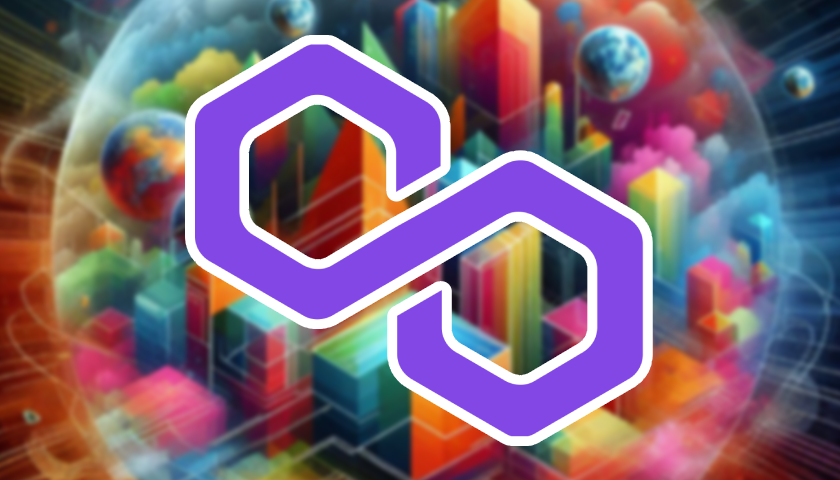Polygon (MATIC) has carved a unique niche in the ever-evolving cryptocurrency landscape. As Ethereum continues to grapple with scalability issues, Polygon has emerged as a leading Layer-2 scaling solution, offering faster transactions and lower fees for users and developers alike. But 2024 is shaping up to be a transformative year for Polygon, pushing the boundaries of what’s possible.
Beyond Scaling: The Aggregated Blockchain Network
While facilitating smooth and affordable transactions on Ethereum remains a core strength, Polygon’s vision extends beyond simple scaling. The recent introduction of the “Aggregated Blockchain Network” redefines Polygon as the first of its kind. This novel architecture combines various blockchain solutions, including Polygon PoS chains, zkEVM (Zero-Knowledge Ethereum Virtual Machine), and even chains from other ecosystems like Cosmos. This “aggregated” approach fosters interoperability and fosters a unified environment for developers to build upon.
Breakthroughs in ZK Technology
Polygon’s commitment to scalability doesn’t stop there. The recent release of the Type 1 Prover for their zkEVM is a game-changer. This technology allows any existing EVM chain to transform into a ZK L2 (Layer 2) solution, seamlessly integrating with the Polygon ecosystem and benefiting from its vast liquidity pool. This opens doors for mass adoption of ZK technology, known for its incredible transaction processing speeds and enhanced privacy.
A Flourishing Ecosystem: From DeFi to NFTs
The Polygon network continues to be a hotbed for innovation. Decentralized Finance (DeFi) protocols are flocking to Polygon, attracted by its low fees and faster settlement times. This has led to a surge in the number of DeFi applications built on Polygon, offering users a wider range of financial services without the hefty gas fees associated with the Ethereum mainnet.
The popularity of NFTs (Non-Fungible Tokens) hasn’t escaped Polygon either. With the booming NFT market, Polygon’s scalability is proving invaluable for artists, collectors, and NFT-based games. Transaction fees become a much smaller barrier to entry, allowing creators to reach a wider audience and fuel the NFT revolution.
Looking Ahead: A Promising Future
With its focus on scalability, interoperability, and cutting-edge ZK technology, Polygon is well-positioned to become the go-to platform for developers and users in the blockchain space. 2024 is shaping up to be a pivotal year for Polygon, and its continued evolution will be a fascinating story to watch. As mass adoption of blockchain technology takes hold, Polygon’s ability to provide a smooth and cost-effective user experience could propel it to the forefront of the cryptocurrency revolution.



